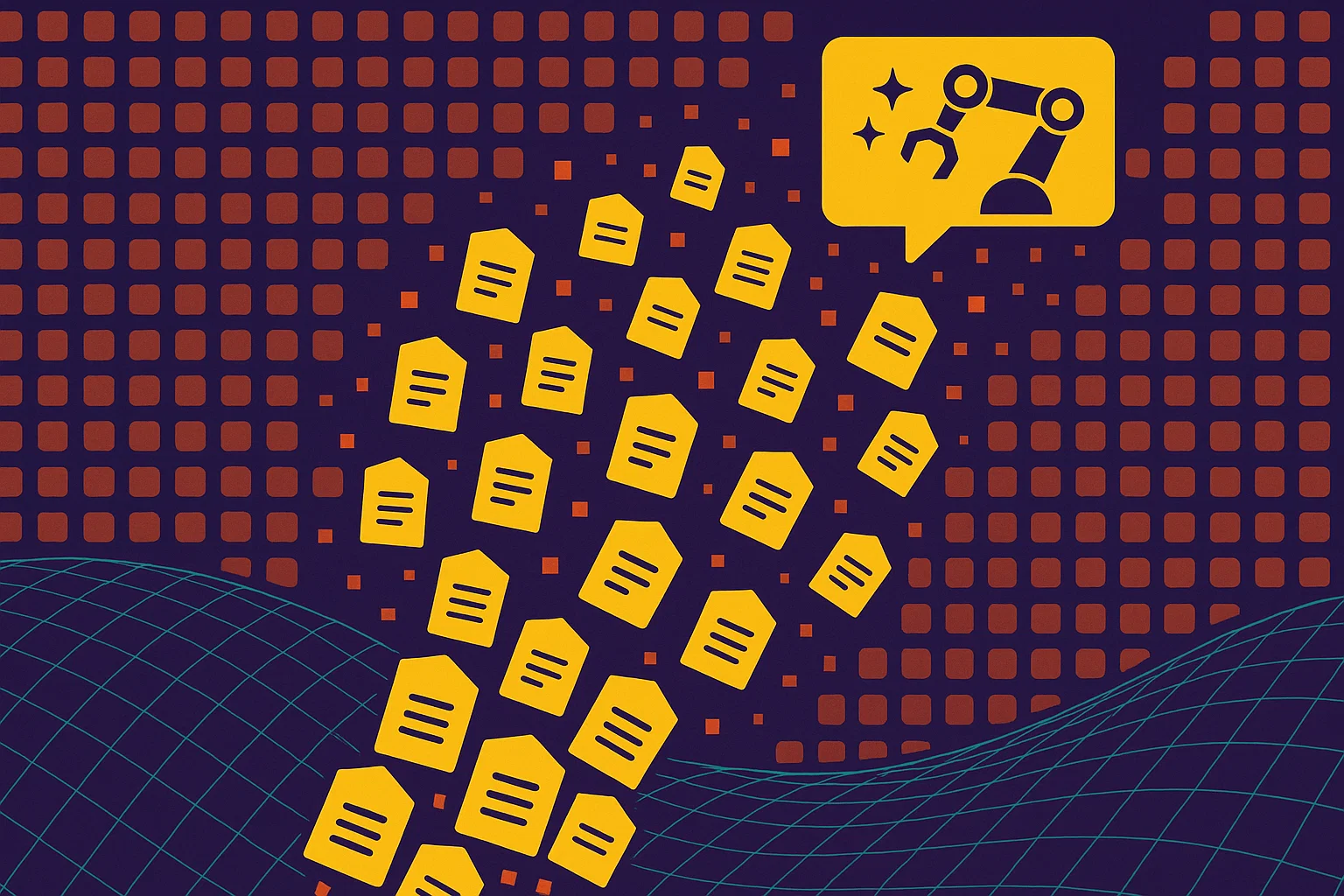Learning Intractable Multimodal Policies with Reparameterization and Diversity Regularization
PositiveArtificial Intelligence
A new study introduces innovative methods for deep reinforcement learning that tackle the limitations of traditional algorithms, which often struggle with complex decision-making scenarios. By focusing on multimodal policies and incorporating diversity regularization, this research could significantly enhance the performance of RL systems in diverse environments. This advancement is crucial as it opens up new possibilities for applications in fields requiring nuanced decision-making, such as robotics and autonomous systems.
— Curated by the World Pulse Now AI Editorial System

